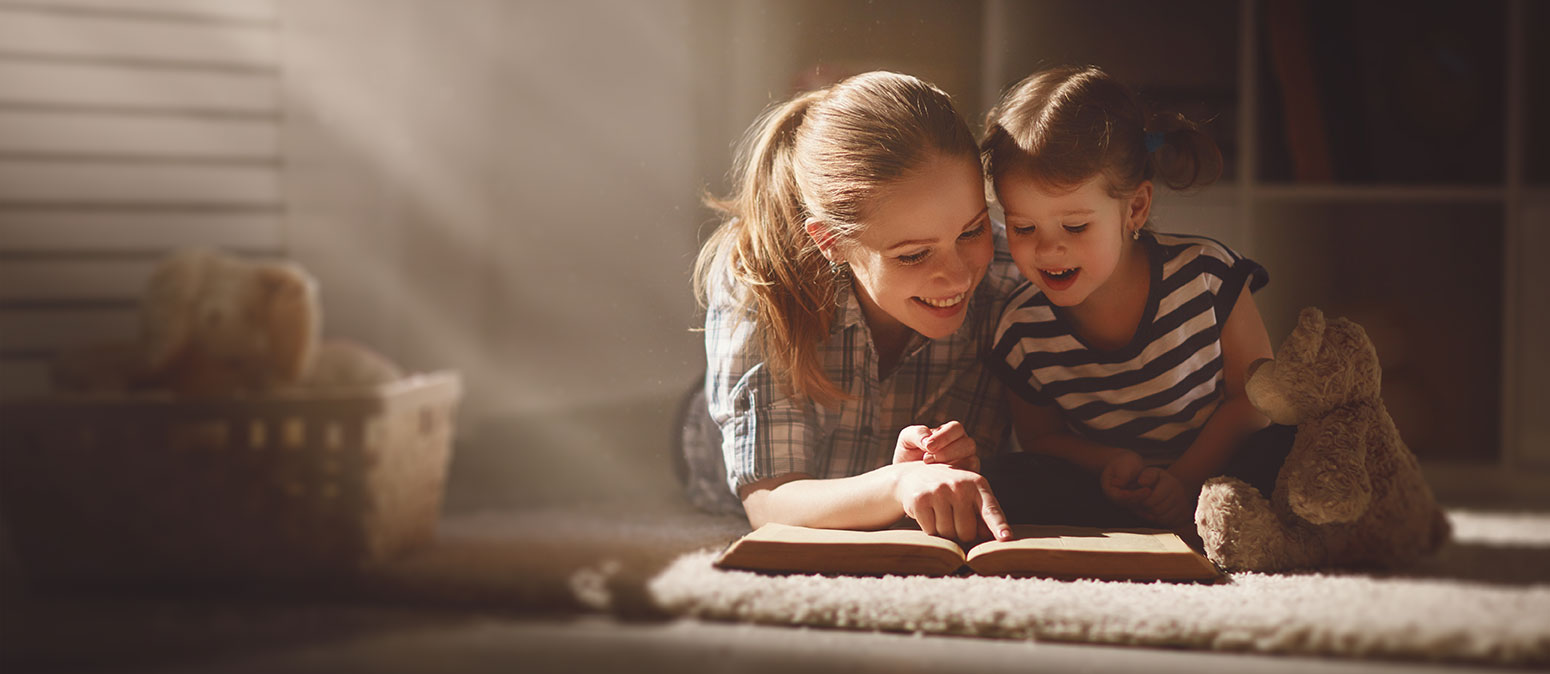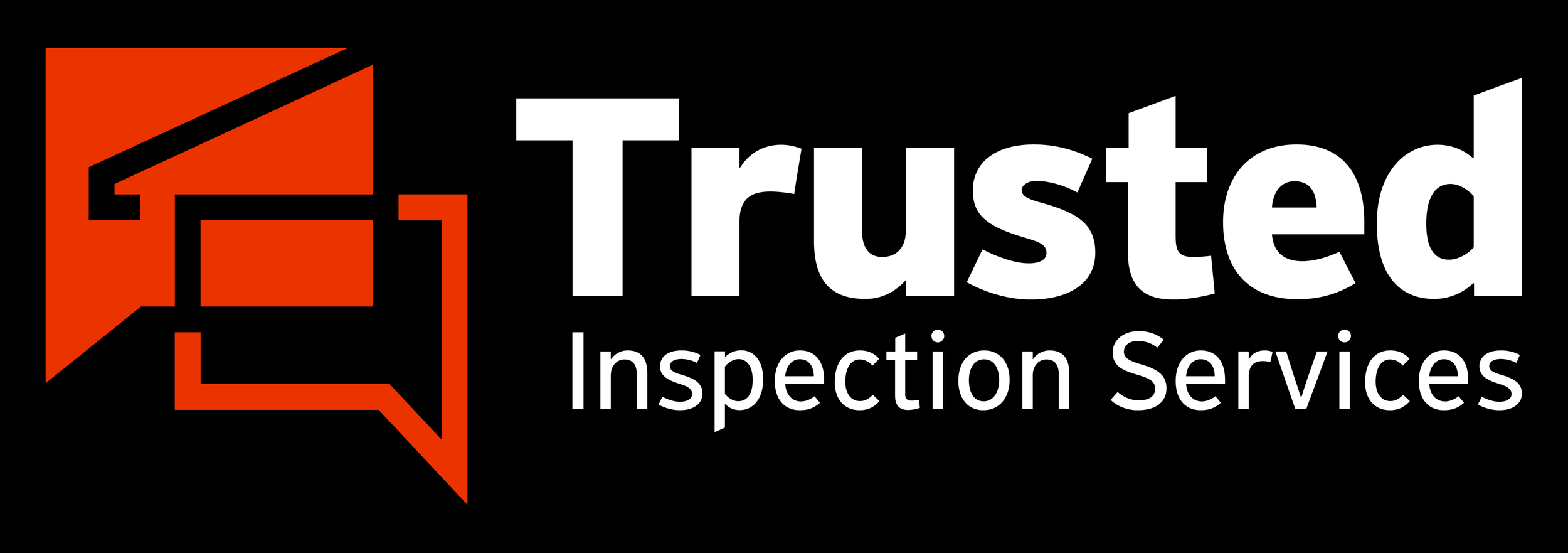
Testing for Radon
Peace of mind is worth the relatively small fee to test and protect your home from this cancer-causing radioactive gas. We use the liquid scintillation method to collect samples. Our test kits are specifically engineered for real estate transactions. Two samples are collected at one time and then an independent lab completes the analysis. We interpret the results for you.
What is Radon?
Radon is a naturally occurring radioactive gas that permeates through the ground and makes its way into homes. Unfortunately, it doesn’t matter if the home is new or old, tightly sealed or drafty, radon infiltrates homes most often through basements and crawl spaces.
There is no way to predict which home has radon with certainty. One home may have high levels, while nearby homes do not. Seasonal changes even impact its presence. Because we heat and cool our homes, there is considerable air movement, which creates negative pressure that literally sucks radon into homes. We recommend you recheck your home every two years.
Radon and Cancer
Radon is the second leading cause of lung cancer behind smoking cigarettes. It is the leading cause of cancer for non-smokers. About 21,000 people die every year from radon’s toxicity, according to the United States Environmental Protection Agency (EPA). You may want to consult their guide for home buyers and sellers. No radon level is safe, but the EPA recommends that levels above 4 pCi/L are mitigated.
Hudson Valley Facts
The Hudson Valley is in Zone 1, which means radon levels are often high enough to require mitigation. Mitigation simply means to install a system to control levels of radon. New York State recommends that anyone buying a home test before buying. We recommend you recheck your home every two years. If mitigation is necessary we can recommend reputable and licensed mitigation experts.
